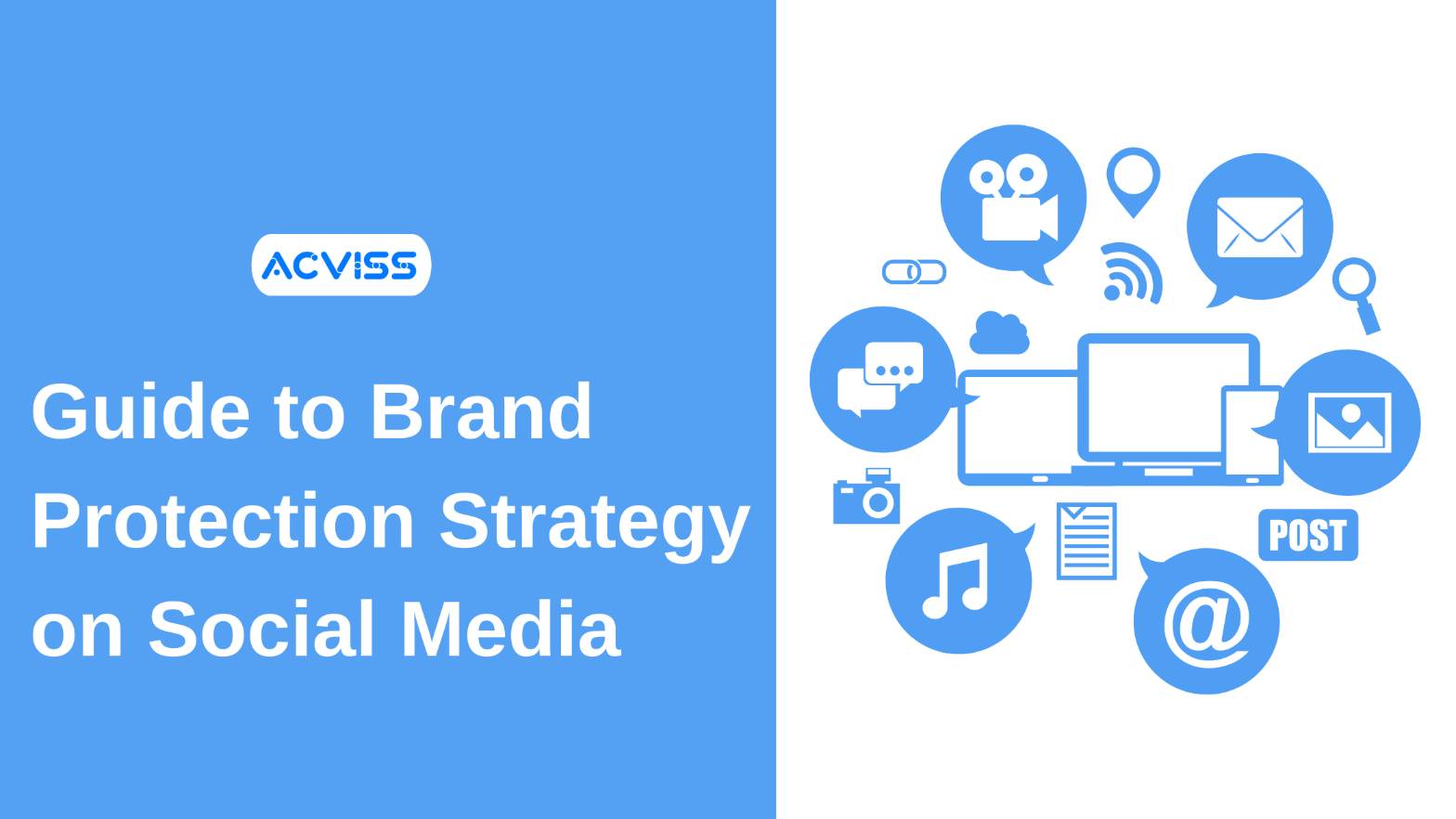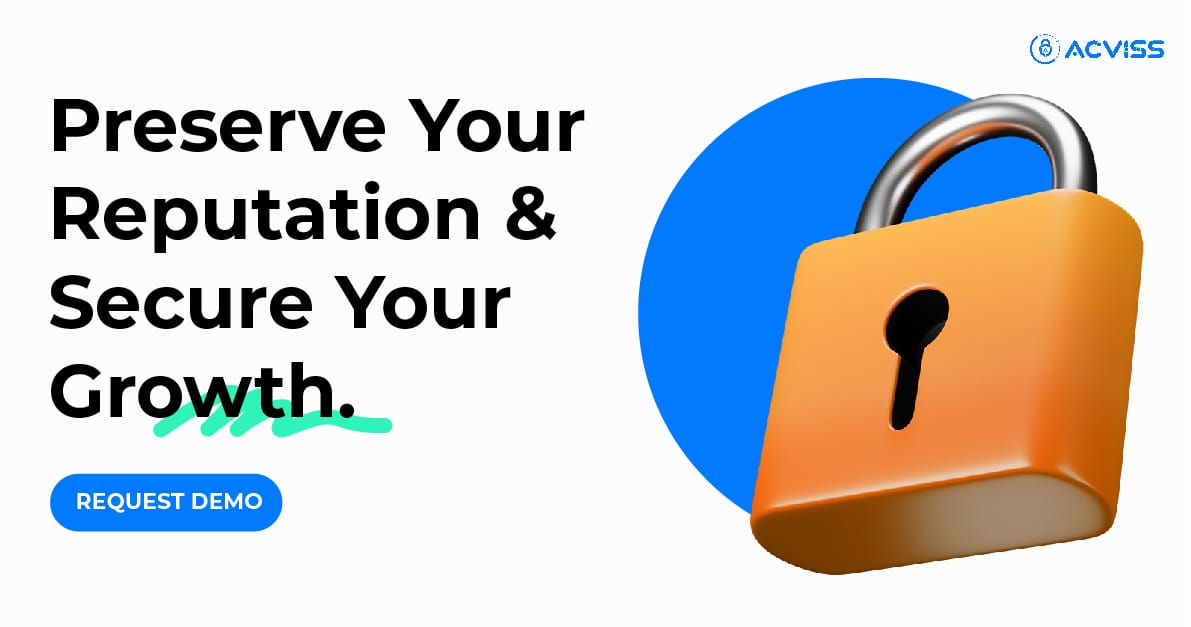Guide to Brand Protection Strategy on Social Media

We live in a connected world. If you take a walk down the road, you will hardly see people’s faces. They are looking into their smartphones!
Smartphones and data packs are cheaper than ever before. Social media platforms are creative and customized. Perhaps, no one knows you better than social media websites. Given the number of users, social media offers a targeted marketing opportunity for brands. No marketing strategy is complete without an active online presence. But social media has always posed one threat: SAFETY. The threat to safety extends to brands as well. You may have an aggressive social media marketing campaign. But do you have a brand protection strategy? With the COVID-19 pandemic, social media has opened many marketing avenues. On the flip side, it has provided alternate and safe channels for counterfeit products. Even if you are not on social media, you still need a Brand Protection Strategy.
COVID-19 and the green signal for social media:
Experts opine that the pandemic triggered sudden changes in social media usage patterns.
- Since many physical stores closed, e-commerce enjoyed many new customers. Even the people who were uncomfortable with online shopping had to shop online.
- Social media platforms like Twitter and Facebook saw a surge in posts. Social media became the preferred tool to stay connected yet safe.
- Brands that did not have a strong online presence had to realign their strategy.
Why is Social Media a Threat and an Opportunity for Brands?
Social media enjoys a large user base. Also, the built-in algorithm of popular platforms offers granularity. Brands can target specific audiences because of the data available on social media. Running online marketing campaigns is cheap and effective.
No doubt, brands are flocking to social media. But so are the counterfeiters. Here are some numbers that show why Brand Protection is essential on social media:
- Facebook has over 2 billion active users. But did you know that in 2017 46% of football merchandise sold on Facebook Marketplace turned out to be fake? Facebook Marketplace offers a private platform for sellers. Sellers can send direct messages, and ask for offline payments on Facebook Marketplace.
Experts on anti-counterfeit opine ‘Facebook Marketplace protects customers only if the deal happens on the platform. However, buyers engage in communication and payment outside Facebook. So what happens in case of no delivery? Is the seller regulated when the sale is a private deal? Facebook Marketplace offers little protection when the sale is offline. Scammers lure customers to chat or call in private. Right from fake electronics to fake home listings, Facebook Marketplace has it all. If you do not use Facebook Market-supported payment checkouts, then you may not get your money back.’
Facebook connects you to other popular social media platforms. So the shopping experience on the marketplace is easy. But it is also easy to list products on the platform. Fake products are one part of the problem. Scammers on the Facebook marketplace can get access to sensitive customer information.
- WhatsApp has 1.5 billion accounts. The company implemented end-to-end encryption to increase security. However, private groups are now seeing an increase in the sale of fake goods.
- Instagram marketing is the new trend. With one billion users, the platform offers many options to create engaging content. Yet, you cannot take Brand Protection on Instagram lightly. With influencer marketing, Instagram poses a big threat to luxury items.
Why Do Counterfeiters Exploit Social Media?
1. Cheap data for target marketing
Manufacturers of fake goods know the audience whom they can fool. Market segmentation is a powerful tool. You don’t need to reach out to many people to increase sales. If you target the right audience, your campaign will be effective. Social media marketing is cost-effective. Never have counterfeiters had access to minute consumer details. Right from interests to demographics, social media offers sophisticated data. No wonder counterfeiters are flocking to social media.
2. Anyone can create an account
Your brand protection strategy should cover identity theft. It is easy to create a business page on social media. Lookalike domain names and fake pages go undetected. But brand protection is more than only detecting and reporting such fake profiles. By the time the profile is taken down, it has done enough damage to your brand. Also, social media requires very little user information for verification. So counterfeiters can keep creating new fakes.
Yes, it is difficult to impersonate brands. But often, companies have multiple profiles for different customer segments. The more pages, the easier it is for brands to fool customers.
3. Spamming, with the shield of privacy
Fake sellers want to redirect customers of popular brands. One of the easiest ways of redirecting is spamming the comments section. Also, on social media, you can remain anonymous and evade consequences. Also, fake reviews are another threat to brand protection.
Your Brand Protection Strategy and technology
For counterfeiters, social media offers an opportunity for diversification. Popular eCommerce websites are implementing regulations to reduce counterfeits. But it is easier to evade restrictions on social media. Brand abuse on social media has an impact on brand reputation. Fakes sold online lead to a decrease in revenue for the brand. Loyal customers are a competitive edge. Brand protection strategy on social media will protect your customers.
But social media is an evasive space. It is so vast that you cannot track it manually. Machine learning and Artificial Intelligence can aid in providing real-time data. Technology can detect fakes quickly. It is time for brands to take a holistic approach towards brand protection. Anti-counterfeit technology is the future of Brand Protection.

